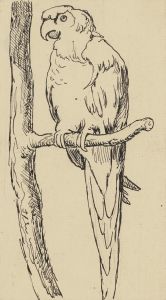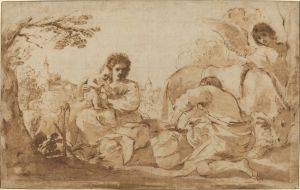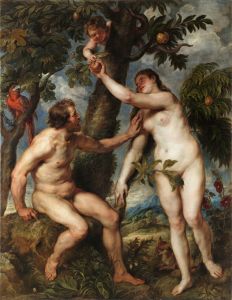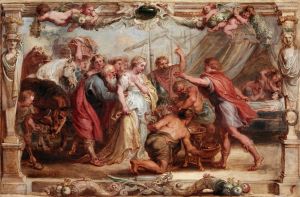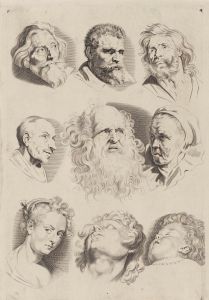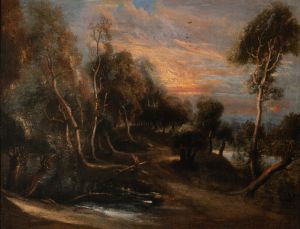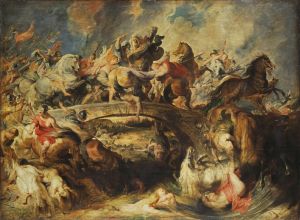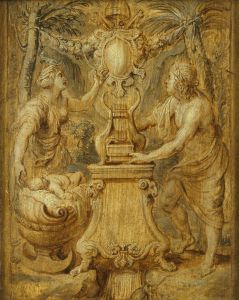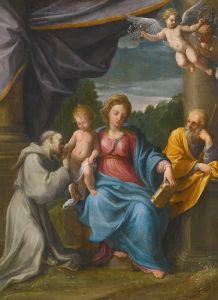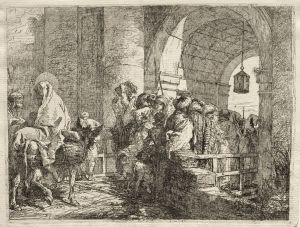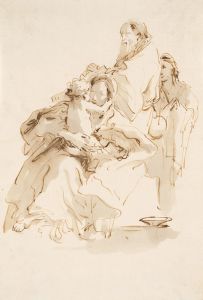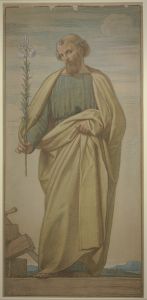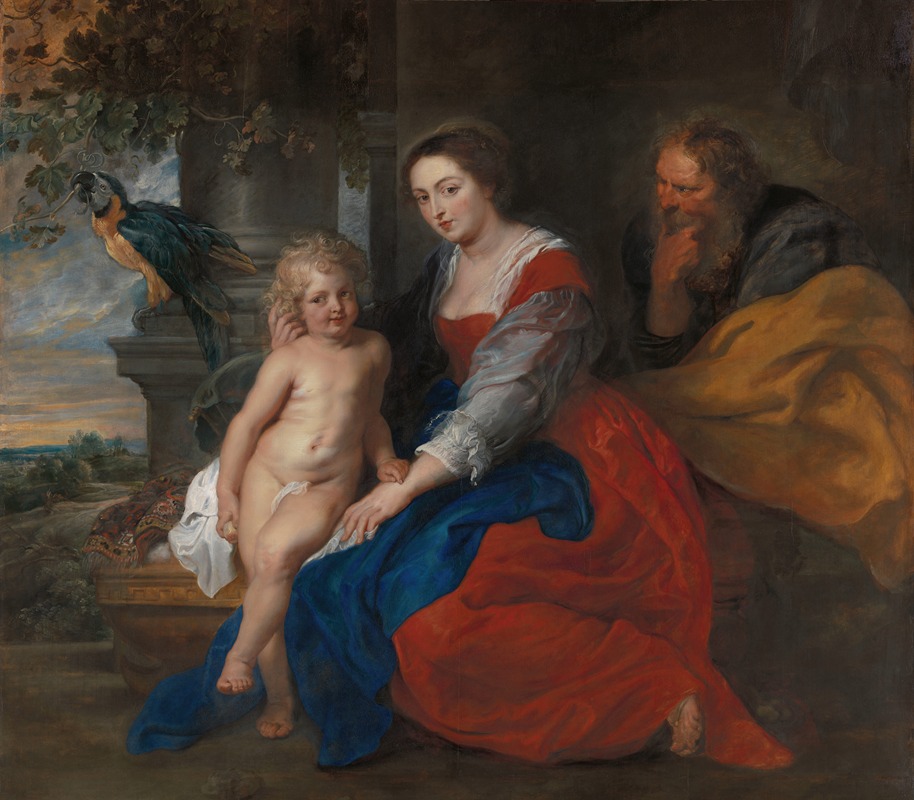
The Holy Family with the Parrot
A hand-painted replica of Peter Paul Rubens’s masterpiece The Holy Family with the Parrot, meticulously crafted by professional artists to capture the true essence of the original. Each piece is created with museum-quality canvas and rare mineral pigments, carefully painted by experienced artists with delicate brushstrokes and rich, layered colors to perfectly recreate the texture of the original artwork. Unlike machine-printed reproductions, this hand-painted version brings the painting to life, infused with the artist’s emotions and skill in every stroke. Whether for personal collection or home decoration, it instantly elevates the artistic atmosphere of any space.
Peter Paul Rubens' The Holy Family with the Parrot is a notable painting attributed to the Flemish Baroque master, Peter Paul Rubens (1577–1640). Rubens, renowned for his dynamic compositions, vibrant use of color, and masterful depiction of human figures, created numerous works centered on religious themes, and this painting is one such example.
The artwork depicts the Holy Family—comprising the Virgin Mary, the Christ Child, and Saint Joseph—in an intimate and serene domestic setting. A parrot, which is a recurring motif in Christian art, is also present in the composition. In Christian iconography, parrots were often associated with the Virgin Mary and symbolized purity and the Immaculate Conception due to their ability to mimic human speech, which was sometimes linked to the divine Word. The inclusion of the parrot adds a layer of symbolic meaning to the painting, aligning it with Rubens' frequent use of allegory and symbolism in his religious works.
Rubens' style in this painting reflects his characteristic blend of Italian Renaissance influences, particularly from artists like Titian and Raphael, with the dynamic energy and dramatic contrasts of the Baroque period. The figures are rendered with a sense of warmth and naturalism, emphasizing their humanity while maintaining their sacred significance. The use of rich, vibrant colors and the interplay of light and shadow are hallmarks of Rubens' technique, contributing to the overall emotional impact of the piece.
The exact date of the painting's creation is not definitively known, but it is generally attributed to Rubens' mature period, during which he produced many of his most celebrated religious works. The painting is believed to have been commissioned for private devotion, as was common for religious artworks of this kind during the Baroque era.
The Holy Family with the Parrot is housed in the collection of the Museo del Prado in Madrid, Spain. The Prado holds one of the most significant collections of Rubens' works, reflecting the artist's enduring popularity and influence in Spain during the 17th century. The painting is considered an important example of Rubens' ability to combine religious themes with a sense of intimacy and accessibility, making the divine relatable to viewers.
As with many works by Rubens, the painting has been the subject of scholarly study, particularly regarding its iconography and stylistic elements. However, no significant controversies or uncertainties surround its attribution to Rubens.





